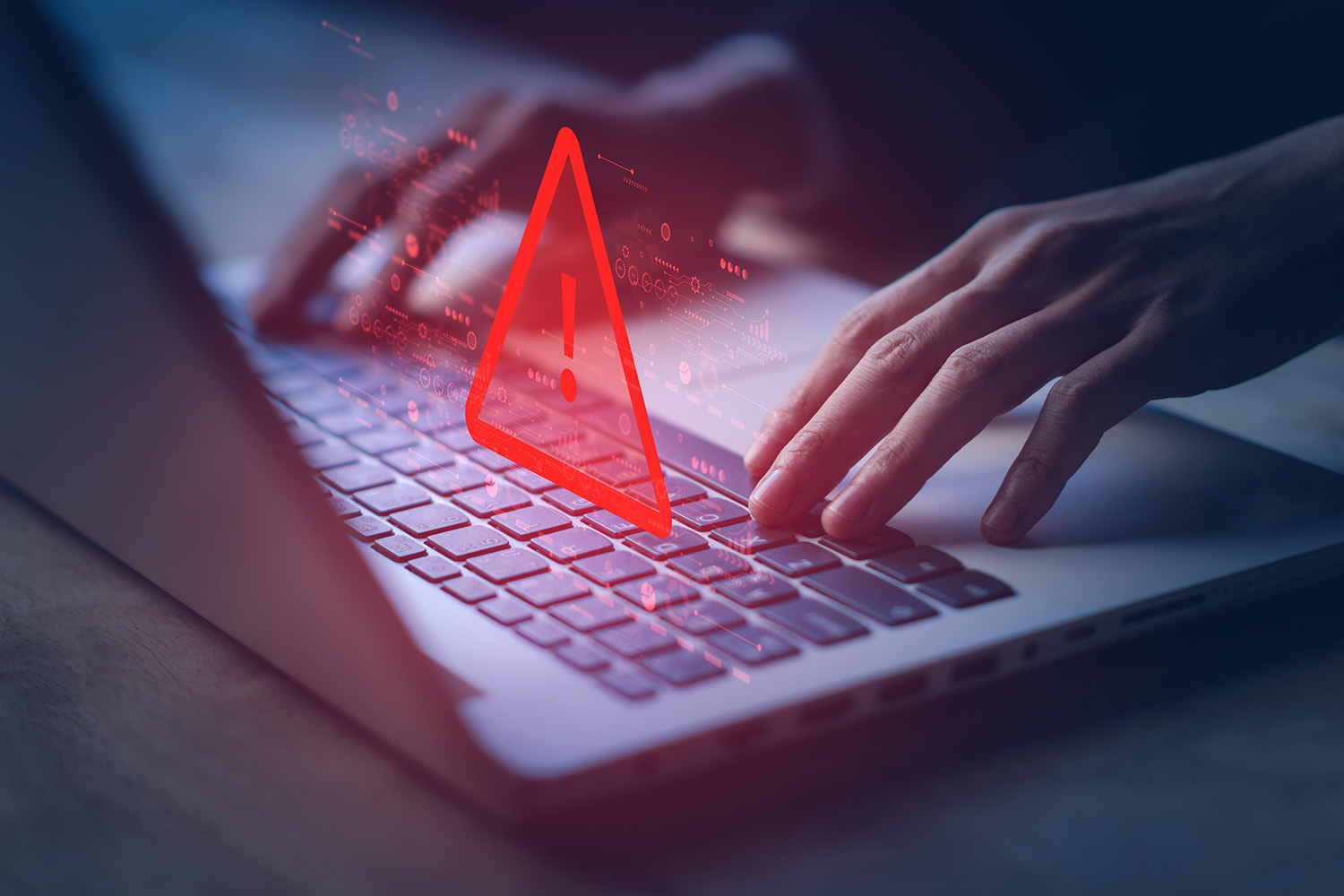For decades, businesses leaned on one go-to person for their technology needs. “Call the IT guy” was the default solution whenever a computer froze, a server crashed, or an email wouldn’t send.
But today’s IT landscape looks nothing like it did even five years ago. Cybersecurity threats are more sophisticated. Compliance demands are stricter. Cloud tools and hybrid work environments are the new normal. And the pace of change? Faster than ever.
The reality is this: the era of the lone IT person is over. Here’s why relying on a single “IT guy” (or gal) is no longer enough—and what businesses are doing instead.
One Person Can’t Cover Every Specialty
Think about how medicine works. You wouldn’t expect your family doctor to perform brain surgery, handle your dental work, and run your physical therapy. Each field has specialists for a reason.
IT has reached the same point. The technology stack that once consisted of a few computers, a server, and maybe an email system has now exploded into a sprawling ecosystem. Businesses run on cloud apps, mobile devices, data analytics, collaboration platforms, and countless security layers—all of which require specialized expertise.

A single person might be excellent at fixing desktops or troubleshooting printers, but that doesn’t mean they’re experts in:
-
Data backup, disaster recovery, and business continuity planning
Even the sharpest IT generalist can’t be a master of all these disciplines at once. And as technology continues to evolve, the knowledge gap only widens. Businesses that rely on one person are essentially betting their operations on limited expertise—a risky gamble in today’s digital-first environment.
Cybersecurity Alone Is a Full-Time Job
Let’s be honest: security threats are not what they used to be. A decade ago, antivirus software and a firewall might have been “good enough.” Now, attackers are relentless. They use AI-powered phishing campaigns, sophisticated ransomware, and even social engineering tactics to bypass traditional defenses.
And here’s the catch—cybersecurity never sleeps. Attacks can hit at 2 p.m. or 2 a.m. A lone IT professional, no matter how dedicated, simply can’t monitor every system, patch every vulnerability, and investigate every suspicious login around the clock.
Even large corporations with in-house IT departments struggle to keep up with the volume and complexity of threats. For small and mid-sized businesses, the challenge is even greater. Without continuous monitoring, real-time threat intelligence, and dedicated security expertise, one successful attack can bring operations to a standstill.
This is why so many companies are turning to teams of specialists who do nothing but focus on cybersecurity. They bring tools, processes, and round-the-clock monitoring that no single person could realistically deliver on their own.
Downtime Is Too Expensive to Risk
Every minute of downtime costs money. In fact, industry studies show that unplanned IT outages cost small businesses hundreds to thousands of dollars per minute in lost productivity, missed sales, and recovery expenses.
Now picture this: your IT person is on vacation, out sick, or simply asleep when a critical system goes down. The phones stop working, emails don’t go through, and customer orders can’t be processed. How long can your business realistically afford to wait?
The truth is that downtime doesn’t just hurt the bottom line—it damages reputation. Clients and customers expect seamless service. When they experience delays, frustration, or even data loss, trust takes a hit.
Depending on a single IT person means you’re vulnerable whenever they’re unavailable. And let’s face it: even the most skilled IT pro is still human—they can’t be everywhere at once. Modern businesses need IT coverage that’s continuous, redundant, and scalable. Otherwise, they’re one absence away from a serious disruption.
Compliance and Regulations Are Rising
If your business operates in healthcare, finance, or legal services, compliance isn’t just a box to check—it’s survival. But even industries outside of those sectors are now facing stricter data protection requirements. From GDPR in Europe to evolving privacy laws in the U.S., the list of rules businesses must follow keeps growing.
And compliance isn’t simple. These frameworks require ongoing monitoring, detailed documentation, and evidence of compliance for audits. A single missed update or misconfigured system can lead to heavy fines, legal consequences, or reputational damage.

The challenge is that most “IT guys” aren’t compliance specialists. They can keep your network running, but can they ensure your systems meet HIPAA standards? Can they prove your data storage practices align with PCI DSS requirements?
In today’s environment, compliance is a moving target. Regulations change, threats evolve, and auditors demand proof. A lone IT professional doesn’t have the time—or the resources—to stay ahead of it all. Businesses need a team approach that includes compliance expertise built into their IT strategy.
The Shift: From Lone IT to MSP Teams
So, if the “IT guy” model no longer works, what’s the alternative? Increasingly, businesses are turning to Managed Service Providers (MSPs) to fill the gap.
An MSP isn’t just a help desk—it’s an entire IT department in a box. Instead of one person juggling endless responsibilities, businesses gain access to:
-
A team of specialists across multiple areas (security, cloud, compliance, support).
-
24/7 monitoring and response to stop threats before they cause damage.
-
Scalable support that grows with the business instead of holding it back.
-
Predictable, fixed monthly costs that make budgeting easier and reduce financial surprises.
This model transforms IT from a reactive, break-fix function into a proactive partnership. Instead of waiting for things to break, MSPs prevent issues, optimize systems, and align technology with business goals.
The shift is clear: companies that move away from the lone IT person toward a team-based MSP model aren’t just protecting themselves—they’re positioning IT as a driver of growth and innovation.
Final Thought
The “IT guy” isn’t disappearing because they aren’t talented. They’re disappearing because no single person can realistically keep up with the demands of modern business technology.
Today, success means having a team of experts behind you—a team that proactively prevents problems, keeps your business compliant, and strengthens your cybersecurity posture.
The truth is simple: IT has outgrown the one-person model. The businesses that adapt are the ones that won’t just survive, but thrive, in the digital age.




